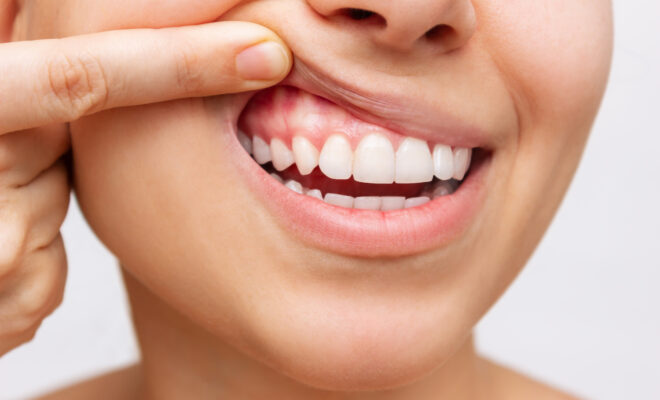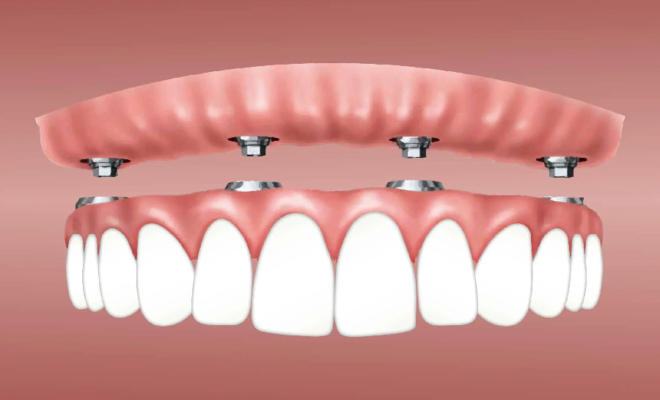General Dentistry: Your Gateway to Healthy Gums and a Smile You Love

General dentistry forms the base of good oral health. It encompasses a wide range of preventive, diagnostic, and restorative treatments to maintain healthy teeth and gums. But what happens when your gums recede, exposing sensitive tooth roots? This is where gum graft surgery comes in, often performed by a specialist in collaboration with your general dentist.
Understanding Gum Recession and Its Impact
Gum recession is a condition where the gum tissue around your teeth wears away, revealing the underlying root surface. Numerous things could be the cause of this, including:
- Aggressive brushing: Using a hard-bristled toothbrush or brushing too forcefully can irritate and damage gum tissue.
- Gum disease: This bacterial infection inflames and destroys gum tissue and bone supporting your teeth.
- Genetics: Some people are naturally predisposed to thinner gums.
- Tobacco use: Smoking weakens the immune system and increases the risk of gum disease.
Receding gums are not just a cosmetic concern. Exposed tooth roots are more susceptible to decay, sensitivity, and even tooth loss. Additionally, the lack of gum tissue allows bacteria to accumulate more easily, further accelerating gum disease.
General Dentistry’s Role in Gum Health
Your general dentist plays a crucial role in preventing and managing gum recession. Regular checkups and cleanings allow for early detection of gum disease. Through professional cleanings, your dentist removes plaque and tartar buildup, reducing inflammation and promoting gum health.
Furthermore, your dentist can:
- Recommend proper brushing and flossing techniques to prevent gum irritation.
- Advise on using a soft-bristled toothbrush and toothpaste formulated for gum health.
- Prescribe antibiotics or medicated mouthwashes if gum disease is present.
- Refer you to a periodontist (gum specialist) for gum graft surgery if necessary.
Gum Graft Surgery: Restoring Your Smile and Gum Health
Gum graft surgery is a minimally invasive procedure performed by a periodontist to address moderate to severe gum recession. The type of graft used depends on the specific needs and amount of tissue required. Here’s an overview of common techniques:
- Connective-tissue graft: A small piece of tissue is taken from the roof of your mouth (palate) and used to cover the exposed root surface.
- Free gingival graft: Tissue is harvested from another area of your gum and transplanted to the affected site.
- Pedicle graft: A flap of gum tissue from near the affected tooth is rotated and stitched over the exposed root.
Gum graft surgery provides several benefits:
- Prevents further gum recession and tooth loss.
- Reduces tooth sensitivity.
- Improves the appearance of your smile by creating a more even gum line.
- Promotes overall oral health by preventing the progression of gum disease.
Working Together for a Healthy Smile
General dentistry forms the first line of defense in maintaining healthy gums. Through routine checkups, cleanings, and proper oral hygiene education, your dentist can help prevent gum recession. But when gum tissue loss occurs, gum graft surgery performed by a periodontist, often in collaboration with your general dentist, can effectively restore gum health and create a beautiful smile.
Remember, a healthy smile starts with healthy gums. Schedule regular dental appointments and discuss any concerns about gum recession with your dentist.









